From Mud To Spray Foam: The Evolution of Insulation

Have you ever wondered about how we got to where we are today with home insulation? Are you curious about when humans began thinking about building homes and keeping the elements outside? Enjoy a light reading of our guide on everything from mud to spray foam: the evolution of insulation, and see what steps we took to get to this point.
BC—AKA Before Comfort
Many, many moons ago, humans had to use whatever materials were available. The very first insulation material was mud. Ancient Vikings and Egyptians utilized mud to keep their homes comfortable throughout the year. Vikings would use straw and mud to plaster between logs to keep the wind and bitterly cold temperatures out. Egyptians would make mug bricks to prevent the blistering heat from entering their homes.
Asbestos was a popular form of insulation during the 1900s, and the Ancient Greeks were the first to use it. They believed it had mystical powers because of its flame resistance. This power is how asbestos received its name. It means inextinguishable. They would also use “cavity walls” to help insulate. The ancient engineers built a double-wall system, creating a cavity between the outside and inside. The empty space between the walls was a barrier used for regulating the house’s temperature. It’s similar to a double-walled thermos of water bottle you can buy at the store.
The Romans used cork to insulate their water pipes. This insulation would prevent the water pipes from overheating the floors.
The Middle Ages
The Middle Ages didn’t accomplish much insulation-wise. People built homes out of stone with thatched roofs. A thatched roof is made with dry vegetation like rushes, heather, palm branches, straw, sedge, or water weed—all compacted together to shed water away from the inner roof. It was a damp, cold, and dreary time to be alive.
Individuals hung tapestries between doorways and the walls to absorb the moisture. They would also use animal hide and rugs to keep the floors warm. What a time to be alive, huh?
The Time of the Industrial Revolution
Insulation isn’t the first product that comes to mind when you think of the Industrial Revolution. This revolution was the transition to new manufacturing processes in different countries, including the United States. It brought us amazing inventions, such as the steam engine, electric motors, electric generators, and the automobile.
During the Industrial Revolution, asbestos became incredibly popular. Manufacturers used steam that was transported through pipes to power their technology. These pipes would help the steam travel throughout the building. They would become extremely hot, and the manufacturers needed to keep their employees safe from the dangerous temperatures, so they wrapped them in asbestos.
Once the automobile took off in the 1900s, the automotive industry used asbestos. It has been used in the creation of brakes, hood liners, gaskets, clutches, and other heat shields. The parts contained asbestos for insulation, durability, fireproofing, and heat resistance.
The 1930s to the 1940s
Dale Kleist, who worked at Corning Glass, invented fiberglass by accident in the early 1930s. He wanted to produce a vacuum seal between a pair of glass blocks, but he found thin glass fibers that came from the high-pressured air. These strands became the center of fiberglass insulation. Fiberglass insulation was a significant breakthrough in home insulation and took off in the 1940s.
The 1950s to the 1970s
Cellulose is a form of insulation made from cardboard, cotton, sawdust, straw, or newspaper. It was one of the earliest types of insulation, but it couldn’t be widely used due to fire safety regulations. Manufacturers discovered how to make cellulose flame-retardant, and soon it became a popular form of insulation for homes during this time.
When the harmful side effects of asbestos became known in the mid-1970s, fiberglass and cellulose insulation began battling for the number one spot for building and construction projects. Insulation contractors still use both types of insulation today.
The 1980s
Polyurethane spray foam insulation, one of the most significant innovations in home insulation, came to be in the 1980s. It had been around since the military invented it in the 1940s, but it wasn’t popular with home use until the late 1970s and early 1980s.
As opposed to other forms of insulation that would only cover level areas, spray foam insulation was easier to integrate into homes. It expands and fills in corners and divots, creating excellent temperature control.
Modern Day
Most insulation advances have been in the spray foam area in the past few decades. There are two different types of spray foam insulation: open-cell, or low density, and closed-cell, or high density. Both are applied to the interior of walls by professionals and expanded by a chemical reaction.
There is one main difference between these two types of spray foam. Open-cell isn’t as water-resistant nor as rigid as closed-cell spray foam. Closed-cell is typically unaffected by water, so you can forgo the water vapor barrier as part of the wall design. They deliver the best insulation R-value, but are the most expensive insulation to install. Professionals with specialized equipment are the only ones who can install spray foam insulation.
Modern-day cellulose insulation is up to 85 percent ground-up recycled denim or recycled paper. It’s heavily treated with borax, ammonium sulfate, and boric acid to create a flame-retardant insulation material and reduce pest issues. None of the chemicals used to treat cellulose insulation are hazardous to humans. You can also find wet-applied cellulose, which is when water is added during the installation process.
Insulation has come a long way from when people used mud as a means of protection and insulation. Thankfully, we live a lot more comfortably than our ancestors because of modern inventions and accidents. Insulation is the only construction material working 24 hours a day, 7 days a week. There isn’t a day of the year when your insulation isn’t working to keep your house comfy and cozy for you and your family.
Thank you for reading through this evolution of insulation, and we hope you understand insulation a little bit better. Paragon Protection is an insulation company ready with spray foam insulation contractors in Crystal Lake, Illinois, to help you create a comfortable environment at home.





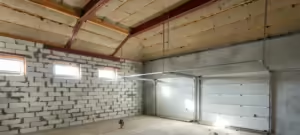




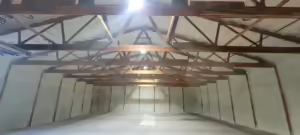



 Professional Insulation Services
Professional Insulation Services Attic Insulation Services
Attic Insulation Services Basement Insulation
Basement Insulation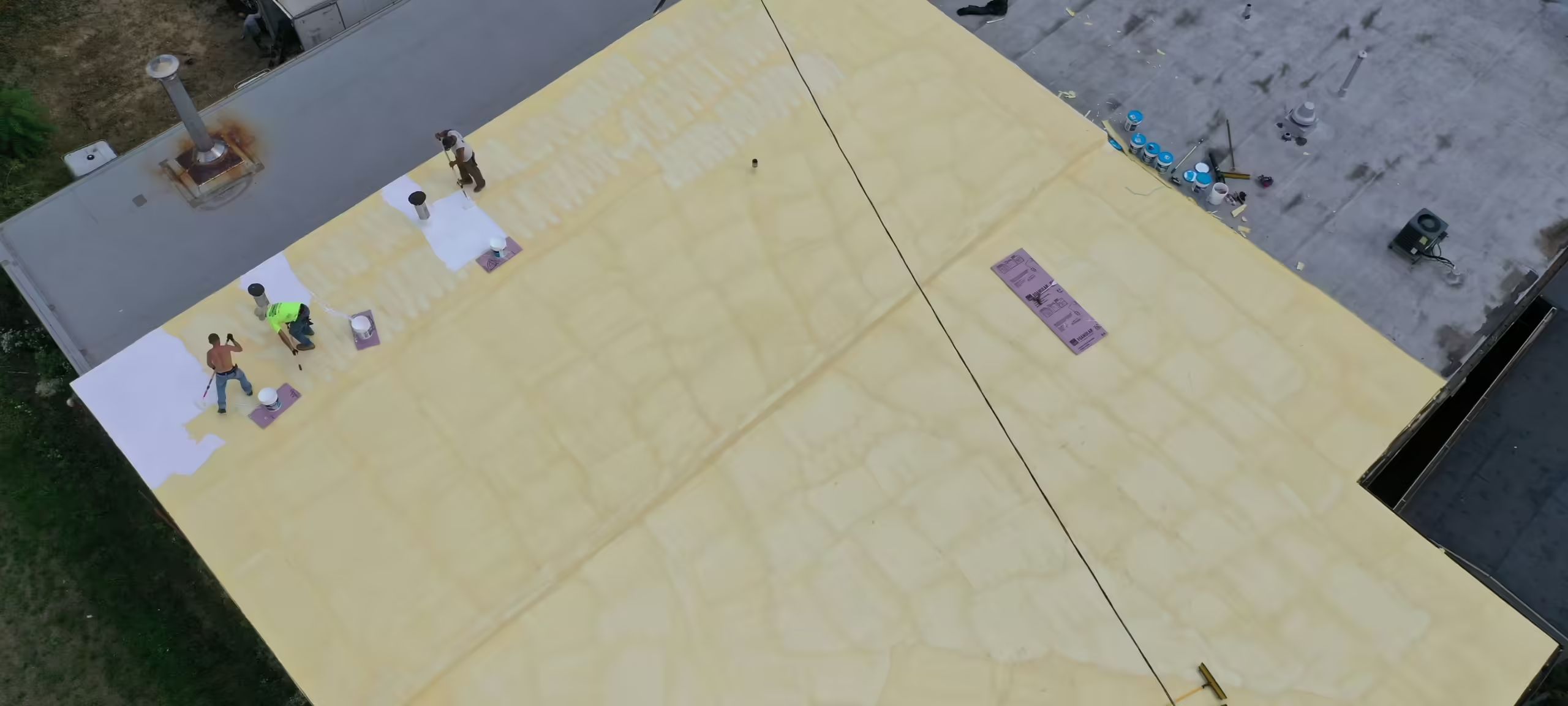 Commercial Insulation
Commercial Insulation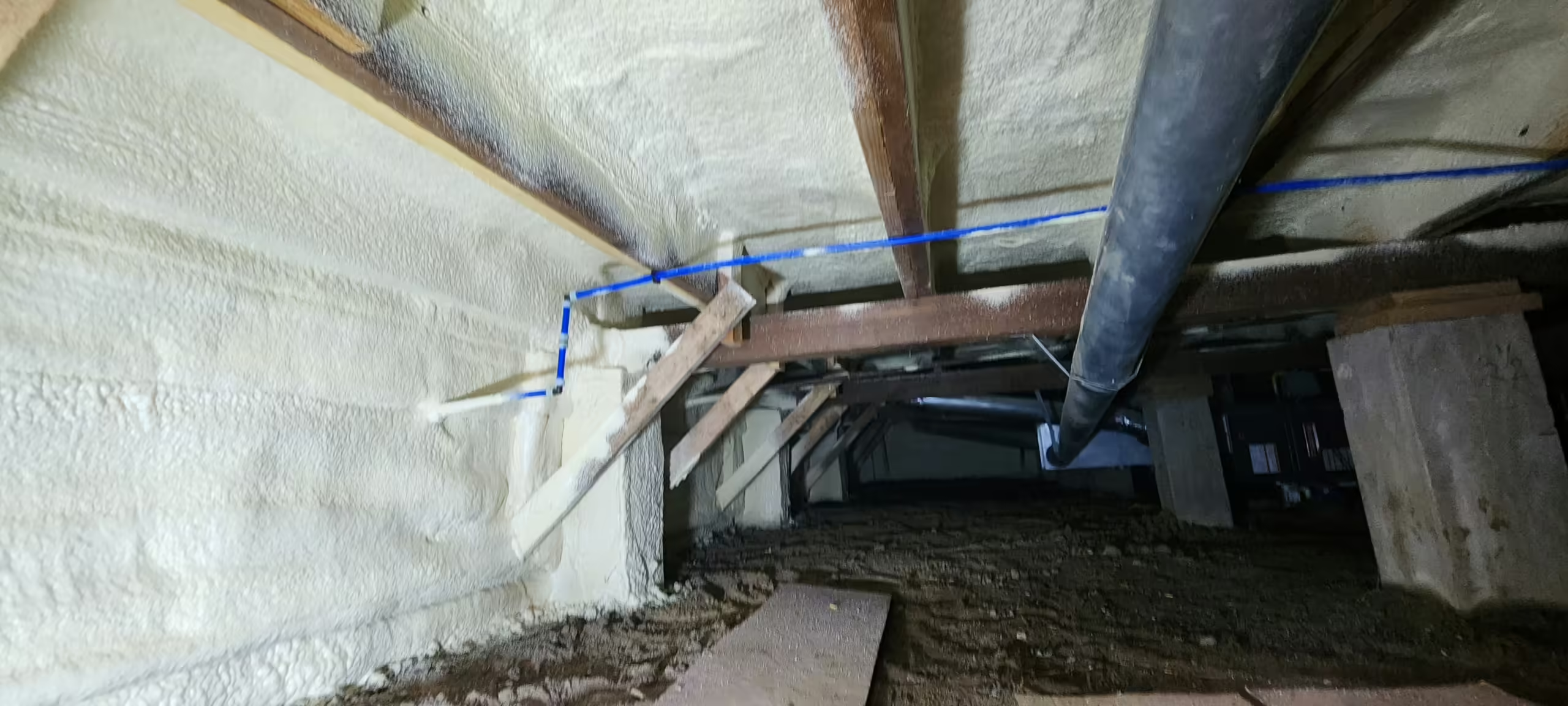 Crawl Space Insulation
Crawl Space Insulation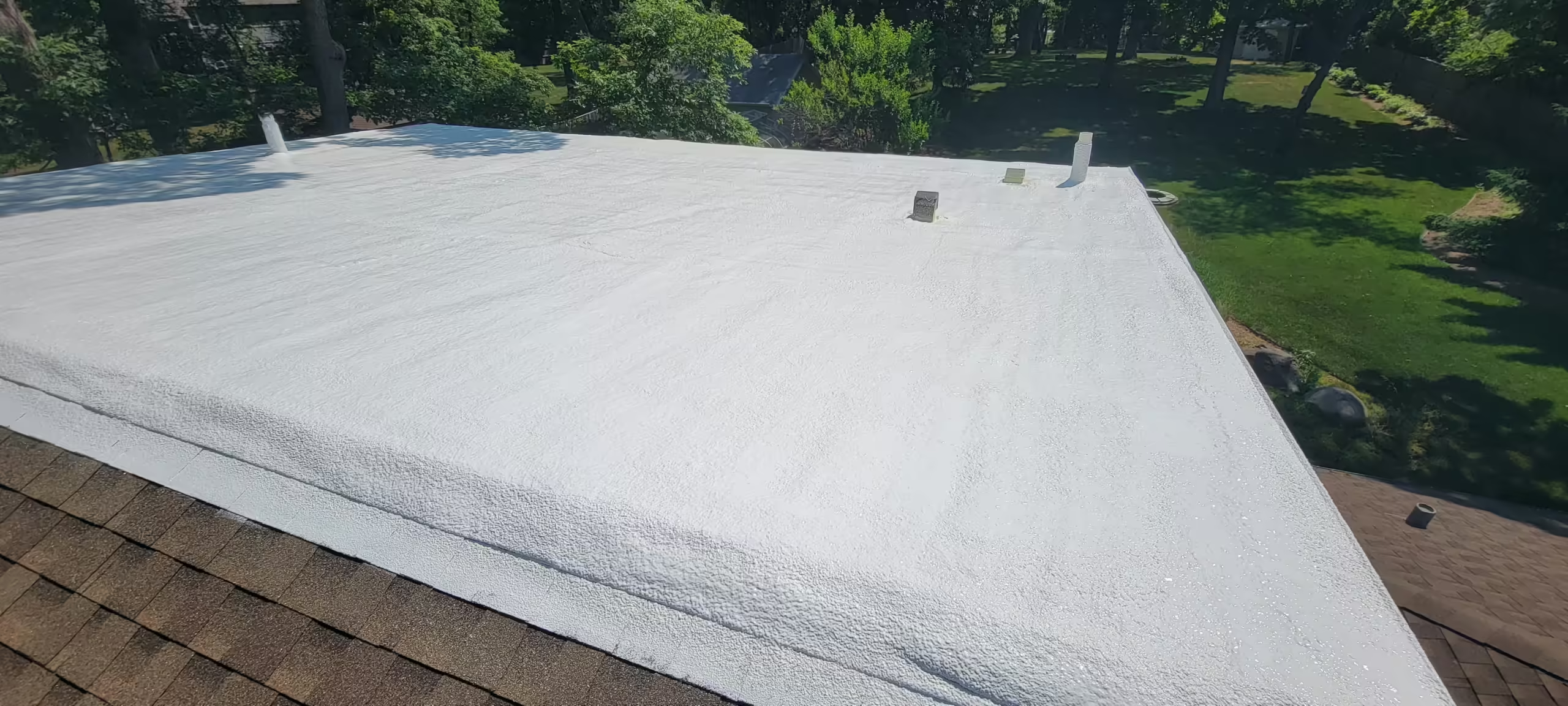 Exterior Wall Insulation
Exterior Wall Insulation Garage Insulation
Garage Insulation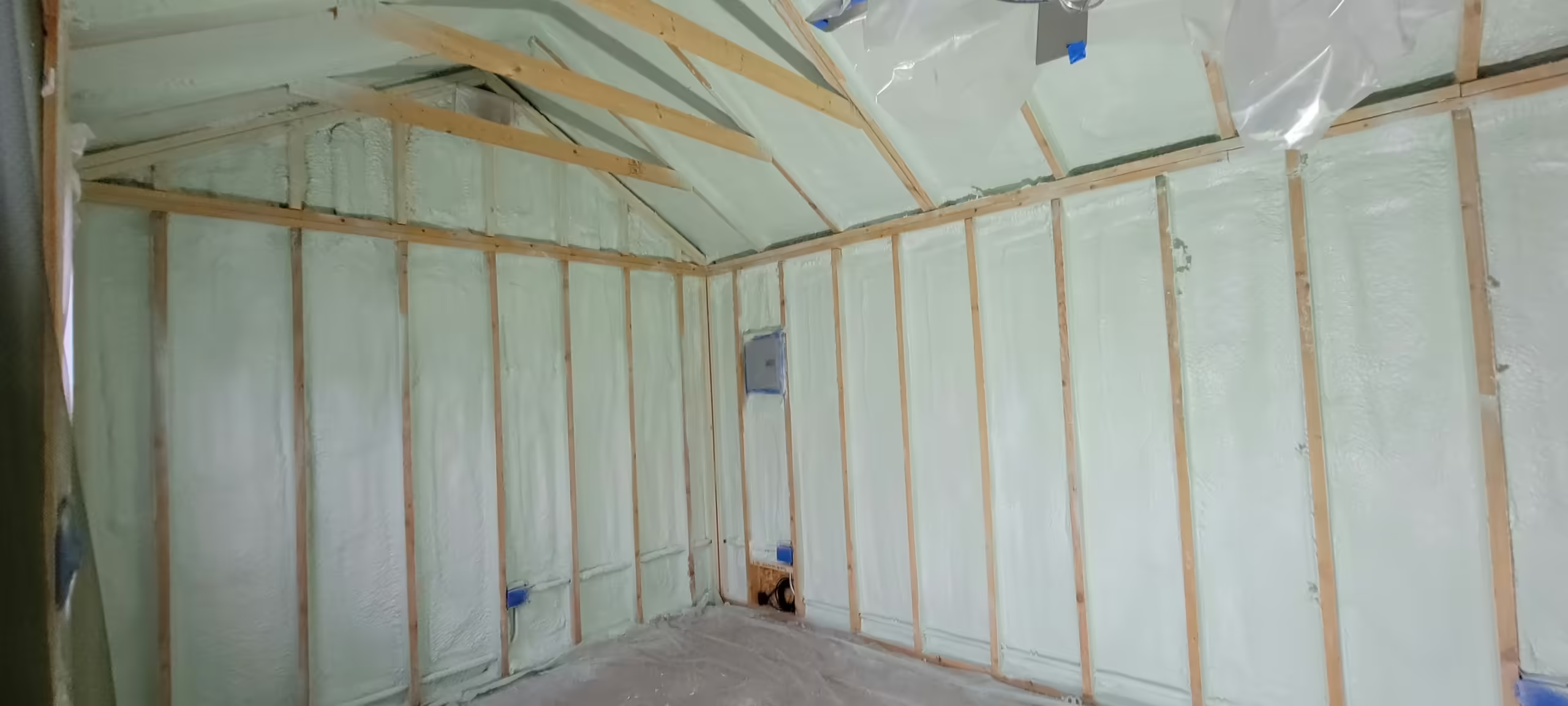 Interior Wall Insulation
Interior Wall Insulation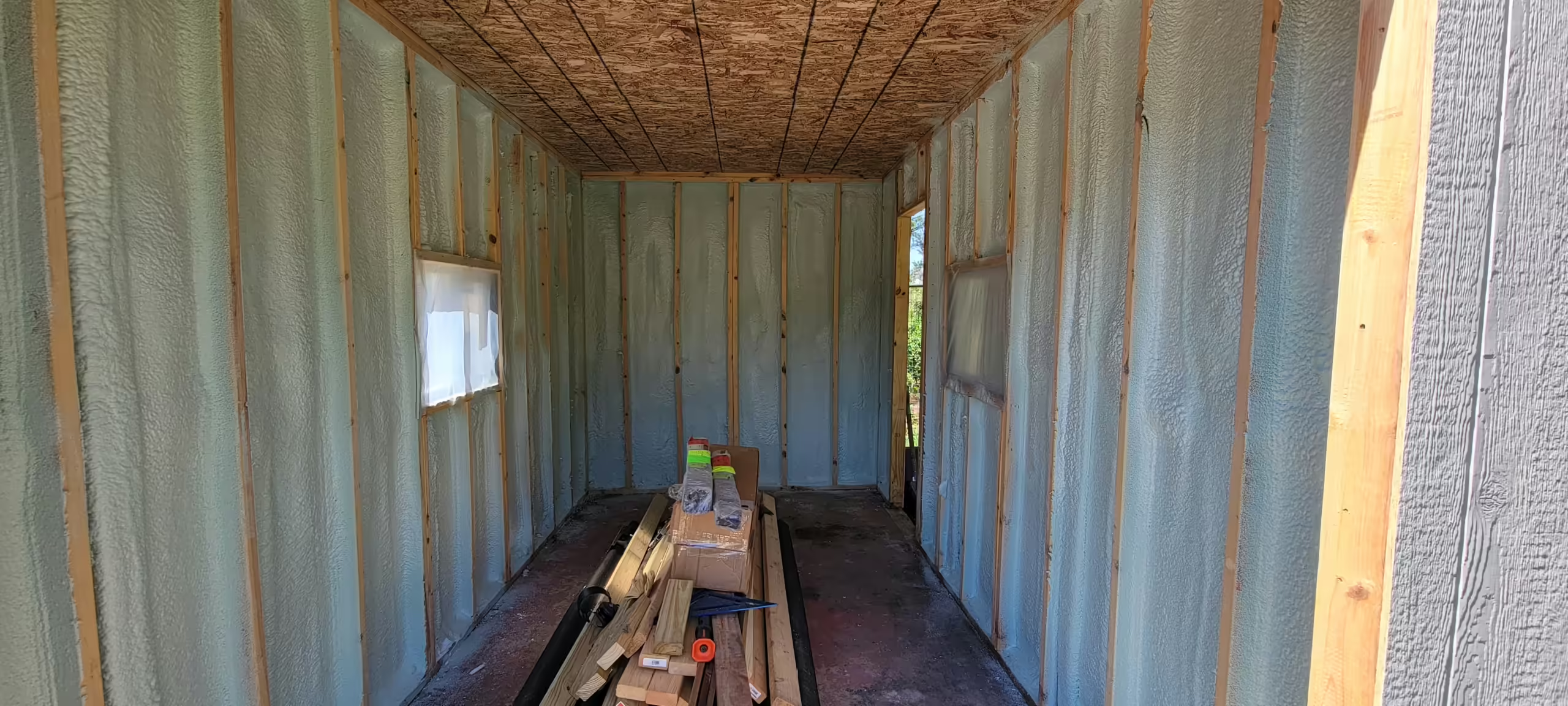 Shed Insulation
Shed Insulation Power Washing
Power Washing Sealcoating
Sealcoating Backup Power Generators
Backup Power Generators Lake County Insulation
Lake County Insulation Spray Foam Insulation Guides
Spray Foam Insulation Guides Insulation Guide
Insulation Guide Home Improvement & Maintenance Guide
Home Improvement & Maintenance Guide